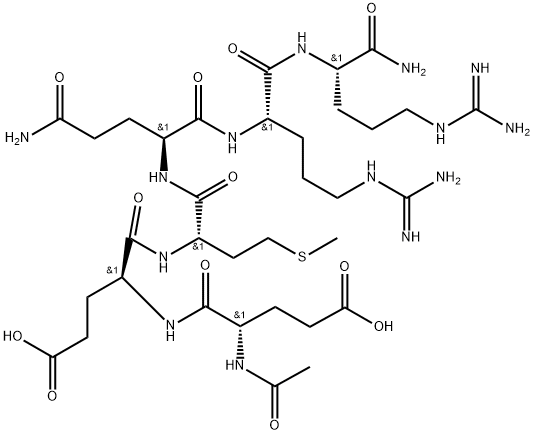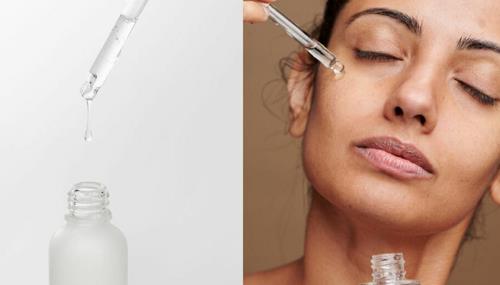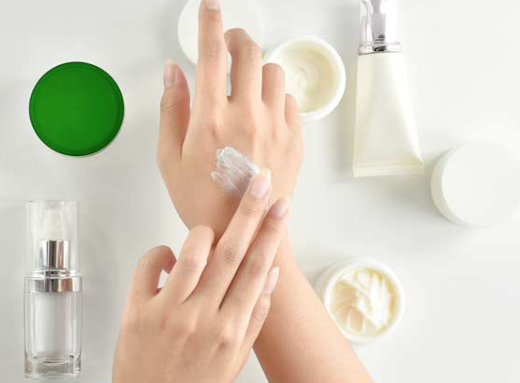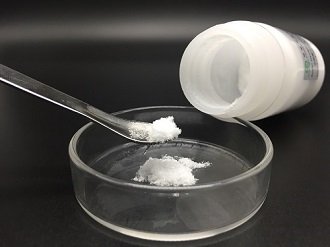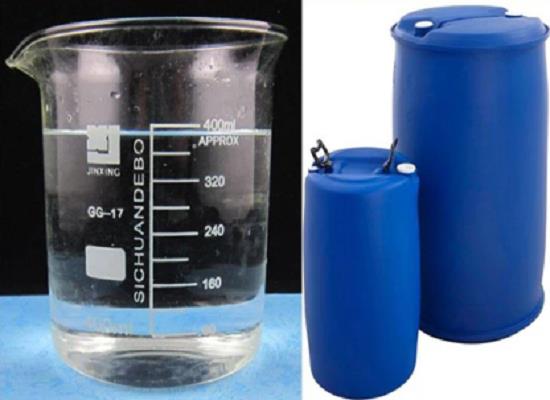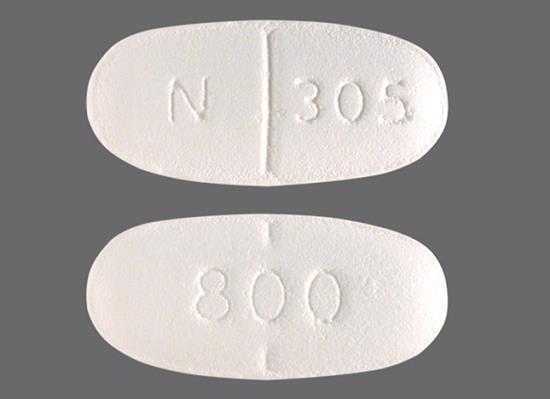Argireline: mechanism of action, applications and side effect
General Description![Article illustration]()
![Article illustration]()
![Article illustration]()
As time passes, fine lines and wrinkles start to appear on our skin, causing concern for many. However, a compound called Argireline has been creating a buzz in the world of anti-aging skincare. With its ability to inhibit muscle contractions, protect collagen proteins, and provide moisturizing effects, Argireline temporarily reduces the appearance of wrinkles. By blocking the release of acetylcholine, it relaxes facial muscles and minimizes the formation of expression lines. Additionally, it helps reduce collagen degradation, promotes collagen synthesis, and enhances skin elasticity and firmness. Argireline's moisturizing properties improve skin hydration, softness, and tightness, thus reducing the formation of fine lines and wrinkles. While the effects of Argireline are temporary, long-term and consistent use can help maintain its benefits. Overall, Argireline serves as an important ingredient in anti-aging skincare, offering a non-invasive option to combat the signs of aging by harnessing its scientific properties.

Figure 1. Argireline
![Article illustration]()
![Article illustration]() Mechanism of action
Mechanism of action
Argireline's mechanisms of action include inhibiting muscle contractions, protecting collagen protein, and providing moisturizing benefits. By blocking acetylcholine release and relaxing facial muscles, Argireline reduces the appearance of wrinkles caused by expression lines. Additionally, it helps minimize collagen degradation and promotes collagen synthesis, enhancing skin elasticity and firmness. Furthermore, the moisturizing properties of Argireline improve skin hydration, softness, and tightness, reducing the formation of fine lines and wrinkles. In summary, Argireline exhibits its anti-aging efficacy through its abilities to inhibit muscle contractions, protect collagen, and provide moisturization, making it a valuable ingredient in anti-aging skincare formulations. 1
![Article illustration]() Applications
Applications
Argireline has gained popularity for its application in skincare products. It is primarily used for its anti-aging properties and is known for its ability to temporarily reduce the appearance of wrinkles and fine lines. Argireline works by inhibiting the muscle contractions that lead to the formation of expression lines on the face, such as forehead wrinkles and crow's feet. It acts as a muscle relaxant by interfering with specific neurotransmitters responsible for muscle movement. By preventing excessive muscle contractions, Argireline helps to minimize the depth and severity of wrinkles, resulting in a smoother and more youthful-looking complexion. Skincare products containing Argireline are typically applied topically to the skin, targeting specific areas prone to dynamic wrinkles. These products come in various forms, including creams, serums, and masks. They are generally recommended for use on clean, dry skin twice a day, or as directed by the product instructions. It's important to note that while Argireline can provide temporary wrinkle-reducing effects, the results are not permanent. Regular and consistent use of products containing Argireline is necessary to maintain its benefits. Additionally, it's always recommended to combine Argireline with a comprehensive skincare routine that includes cleansing, moisturizing, sun protection, and overall good skin health practices. Overall, Argireline is a popular ingredient in skincare products due to its ability to temporarily reduce the appearance of wrinkles and fine lines, offering individuals a non-invasive option in their anti-aging skincare regimen. 1
Side effect
Argireline is generally considered safe for topical use in skincare products. However, like any cosmetic ingredient, it can potentially cause certain side effects or skin reactions in some individuals. These side effects, although rare, may include skin irritation, such as redness, itching, or irritation at the application site, which could be due to individual sensitivity or an allergic reaction to Argireline. Another possible side effect is dryness or flakiness of the skin, although this occurs infrequently. If any of these side effects occur, it is recommended to discontinue use or reduce the frequency of application. It’s important to note that most people tolerate Argireline well without experiencing any adverse reactions. To determine if you have any adverse reactions to Argireline, it is advisable to perform a patch test prior to using any product containing it, especially if you have sensitive skin or a history of allergies. If you notice any concerning symptoms or persistent skin irritation, it is best to consult a dermatologist for further evaluation and guidance. 2
Reference
1. Wang Y, Wang M, Xiao XS, Huo J, Zhang WD. The anti-wrinkle efficacy of Argireline. J Cosmet Laser Ther, 2013, 15(4):237-241.
2. Nagendran ST, Ali MJ, Dogru M, Malhotra R. Complications and adverse effects of periocular aesthetic treatments. Surv Ophthalmol, 2022, 67(3):741-757.
Related articles And Qustion
Lastest Price from Argireline manufacturers
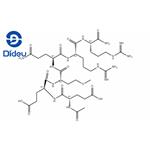
US $0.00-0.00/kg2025-12-02
- CAS:
- 616204-22-9
- Min. Order:
- 1kg
- Purity:
- 98%
- Supply Ability:
- 1000
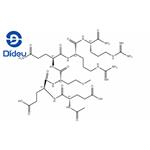
US $0.00-0.00/KG2025-12-02
- CAS:
- 616204-22-9
- Min. Order:
- 1KG
- Purity:
- 98
- Supply Ability:
- 10000KGS
